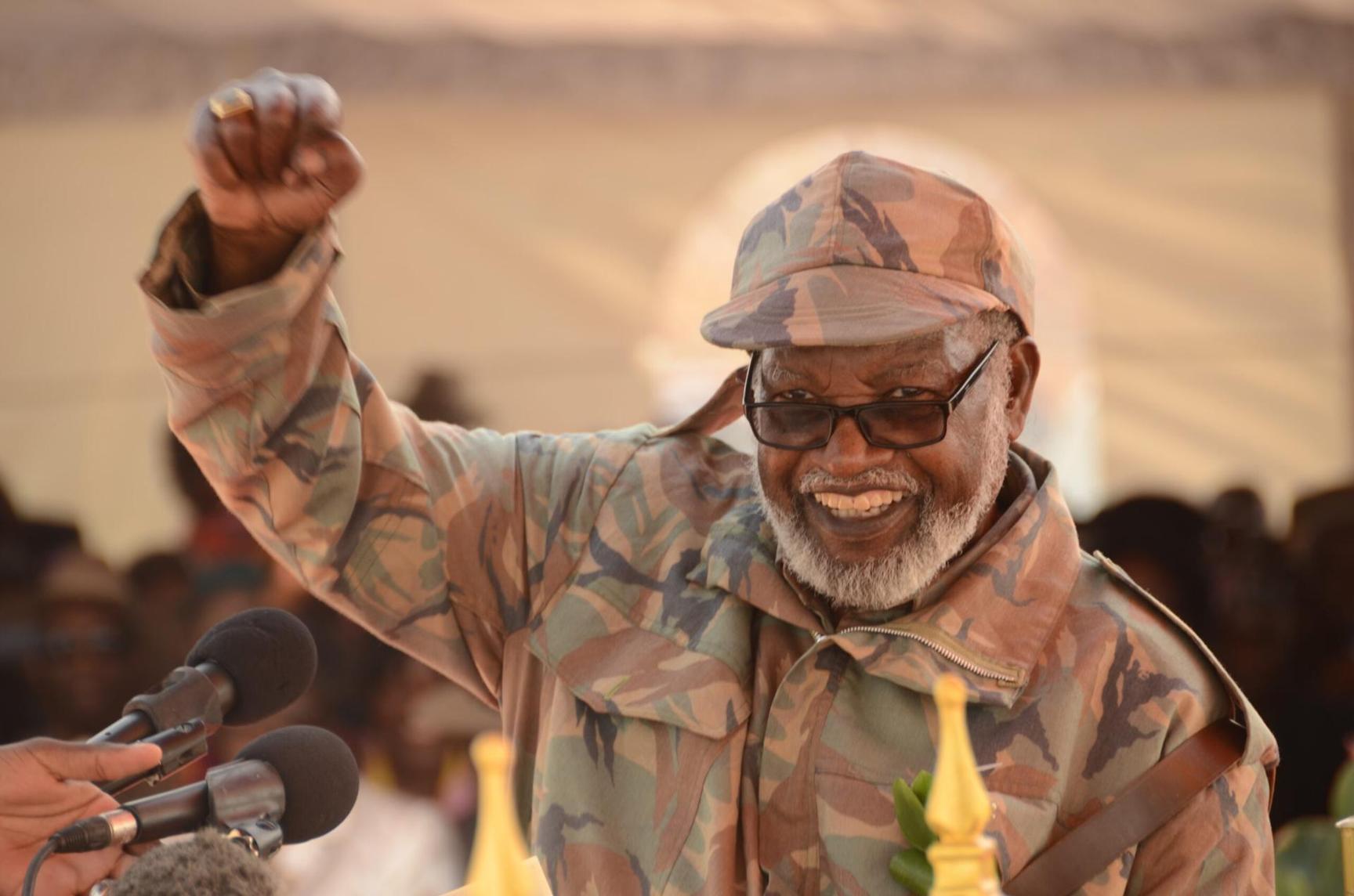Africa-Press – Namibia.
1929 – Born on 12 May 1929 at the Etunda village, Omusati region in the north-western part of Namibia to Daniel Utoni Nujoma and Helvi Mpingana Kondombolo.
1937-1945 — Attended school at Okahao Finnish Mission School.
1946 — Moved to Walvis Bay to live with his aunt, Gebhart Nandjule.
1947—While in Walvis Bay, he is exposed to modern world politics after meeting soldiers returning from Argentina, Norway, and other parts of Europe who had been taken there during World War II.
1949— Moved to Windhoek, where he lived with his uncle Hiskia Kondombolo. Started working for the South African Railways and attended adult night school at St. Barnabas in Windhoek’s Old Location.
6 May 1956 — Married Kovambo Theopoldine Katjimune. Together, they have four children.
1957— Resigned from the South African Railways.
1959 — Elected leader of the Ovamboland People’s Organisation (OPO), which aimed at ending the then contract system and ending the South African colonial regime. Nujoma petitioned the United Nations in the late fifties, together with Chief Hosea Kutako, Samuel Witbooi, Theophilus Hamutumbangela, Toivo ya Toivo, and others, demanding that the then South West Africa be placed under the UN Trusteeship.
10 December 1959 – Nujoma, with Swanu’s Uatja Kaukuetu, Moses Garoeb, and others, organised resistance against the forced removal of the inhabitants of the Old Location in Windhoek to the new township of Katutura, a move which was based on the apartheid policy. This culminated in the massacre of 12 innocent, unarmed black people and injury to many others.
1 March 1960 — He went into exile via the then British protectorate of Bechuanaland.
April 1960 — Attended the All African People’s Conference organised by President Kwame Nkrumah of Ghana against the French atom bomb test in the Sahara Desert. With the assistance of Daniel Munamava, he was able to cross the borders of Bechuanaland [now Botswana], Southern Rhodesia, Northern Rhodesia, Tanganyika, Kenya, and Sudan.
19 April 1960 — Swapo was formed, and Nujoma elected its president in absentia.
June 1960 — Petitioned before the UN Fourth Committee of the General Assembly demanding the end of the South African colonial administration.
March 1966 — In a bid to test South Africa’s claims at the International Court of Justice at The Hague that Namibians in exile were free to return, Nujoma, accompanied by Hifikepunye Pohamba, chartered a plane to Windhoek. They are arrested on arrival at the airport and deported to Zambia.
1977 – 1978 – Led Swapo’s negotiations team, which culminated in the adoption of the UN Security Council Resolution 435.
19 March 1989— Signed the cease fire agreement with South Africa, resulting in the implementation of the UN Security Council Resolution 435.
16 February 1990 — Unanimously elected by the National Assembly as President of the Republic of Namibia.
21 March 1990—Sworn in as first President of the Republic of Namibia.
1994–1999 — Re-elected for two more terms in office.
21 March 2005 — Stepped down, handing over the power to his successor, Hifikepunye Pohamba.
30 November 2007 — Stepped down as Swapo president after 47 years.
For More News And Analysis About Namibia Follow Africa-Press






